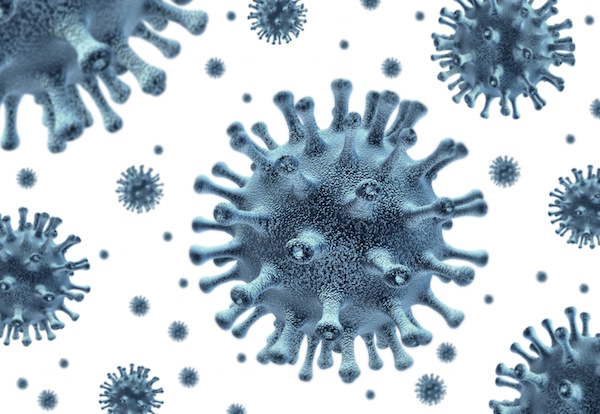
THURSDAY, Feb. 28 (HealthDay News) — Your odds of having acne may depend on whether the “good” strain of a particular type of bacteria lives on your skin, a new study suggests.
“People never think of wanting to have good bacteria on their skin,” said lead author Huiying Li, an assistant professor of molecular and medical pharmacology at the University of California, Los Angeles. “But some of them you should love.” It’s the presence of acne-defeating bacteria that allows people without acne to live relatively pimple-free, she explained.
Li and her team studied the bacterial strains on people’s faces using genomic analysis of microbial DNA. They discovered that the bacteria responsible for acne — called Propionibacterium acnes or P. acnes — are more complex than previously understood.
When studied at the genomic level, bacteria with the same name were actually representative of three different strains. People with acne tend to have one or two of the strains associated with the condition, while those with healthy skin have a good strain that seems to destroy offending bacteria.
So whether or not you develop acne may be tied to what strain of P. acnes your skin carries.
The strain of P. acnes that is associated with healthy skin works much like the way live bacteria in yogurt help defend the intestines from harmful bacteria, Li said.
“Our next step will be to explore whether a probiotic cream might block bad bacteria from invading the skin, preventing pimples before they start,” Li said. She hopes to find a way to transplant the good strain of bacteria that is plentiful on the faces of people with healthy skin to those with acne.
Acne is the most common skin condition in the United States, affecting 40 to 50 million people — primarily teens and young adults — but it can strike at any age, according to the American Academy of Dermatology. Li said archeological records show the disease goes back to ancient Egypt, where Pharaohs used magic and spells to try to treat the problem. Acne is typically treated with oral medications such as antibiotics, and topical creams that can help reduce oil on the skin and kill bacteria.
When Li and her team originally compared the bacteria on the faces of people with and without acne, they couldn’t find any differences in the amount of P. acnes on the skin. So they next looked at whether differences existed in the strains of bacteria present.
The study, published in the Feb. 28 issue of the Journal of Investigative Dermatology, included 49 people with acne and 52 without the condition, and used over-the-counter pore-cleansing strips to get a sample of the microbes in the pores on top of their noses. The scientists wanted to get the sample from the pores because they contain more bacteria than the skin does, Li explained.
Most of the participants — 59 females and 42 males, average age of 22 — had not been treated for acne in the past or were not being treated when the samples were collected. The researchers looked at the genetic variation in strains of P. acnes to better understand the skin “microbiome” — the combination of microbes and genomes interacting in a given environment.
Two unique strains of P. acnes appeared in 20 percent of the people but rarely in those without the condition, and a third strain of P. acnes was found only rarely on the skin of those with acne.
Dr. David Leffell, a professor of dermatology and surgery at the Yale School of Medicine, said the research, while not entirely innovative, begins to create the fact base for better understanding the skin microbiome. “In general, this is a hot topic,” said Leffell, who was not involved with the new study.
He said the discovery could potentially lead to agents that are specifically designed to normalize the bacterial population or eliminate strains identified as harmful.
For her part, Li said she expects the research will ultimately lead to a personalized medicine approach to acne treatment, with particular creams formulated to match the specific strains on each person’s skin. “Some people may have a lot of bad strains and no good strains, so the strategy for them may be to kill all the bad strains first and then apply the good ones,” she said. For those who have a combination of good and bad strains, the probiotics could be designed to promote the good strains, she explained.
When it comes to acne, Li says it’s ultimately the balance of strains that may be the key to skin health.
More information
Learn more about acne from the U.S. National Library of Medicine.

